Below is my line-line intersection as described in MathWorld. For general collision detection/intersection you may want to look at the Separating Axis Theorem. I found this tutorial on SAT very informative.
/// <summary>
/// Returns the intersection point of the given lines.
/// Returns Empty if the lines do not intersect.
/// Source: http://mathworld.wolfram.com/Line-LineIntersection.html
/// </summary>
public static PointF LineIntersection(PointF v1, PointF v2, PointF v3, PointF v4)
{
float tolerance = 0.000001f;
float a = Det2(v1.X - v2.X, v1.Y - v2.Y, v3.X - v4.X, v3.Y - v4.Y);
if (Math.Abs(a) < float.Epsilon) return PointF.Empty; // Lines are parallel
float d1 = Det2(v1.X, v1.Y, v2.X, v2.Y);
float d2 = Det2(v3.X, v3.Y, v4.X, v4.Y);
float x = Det2(d1, v1.X - v2.X, d2, v3.X - v4.X) / a;
float y = Det2(d1, v1.Y - v2.Y, d2, v3.Y - v4.Y) / a;
if (x < Math.Min(v1.X, v2.X) - tolerance || x > Math.Max(v1.X, v2.X) + tolerance) return PointF.Empty;
if (y < Math.Min(v1.Y, v2.Y) - tolerance || y > Math.Max(v1.Y, v2.Y) + tolerance) return PointF.Empty;
if (x < Math.Min(v3.X, v4.X) - tolerance || x > Math.Max(v3.X, v4.X) + tolerance) return PointF.Empty;
if (y < Math.Min(v3.Y, v4.Y) - tolerance || y > Math.Max(v3.Y, v4.Y) + tolerance) return PointF.Empty;
return new PointF(x, y);
}
/// <summary>
/// Returns the determinant of the 2x2 matrix defined as
/// <list>
/// <item>| x1 x2 |</item>
/// <item>| y1 y2 |</item>
/// </list>
/// </summary>
public static float Det2(float x1, float x2, float y1, float y2)
{
return (x1 * y2 - y1 * x2);
}
